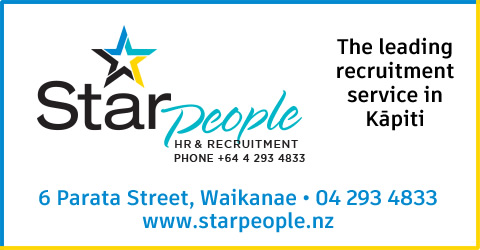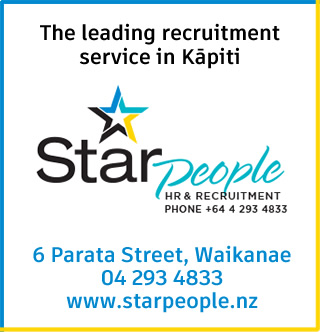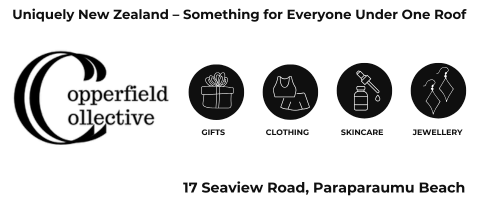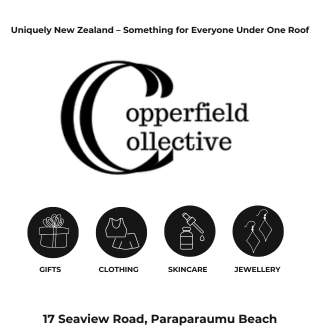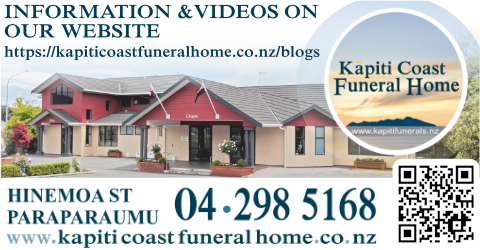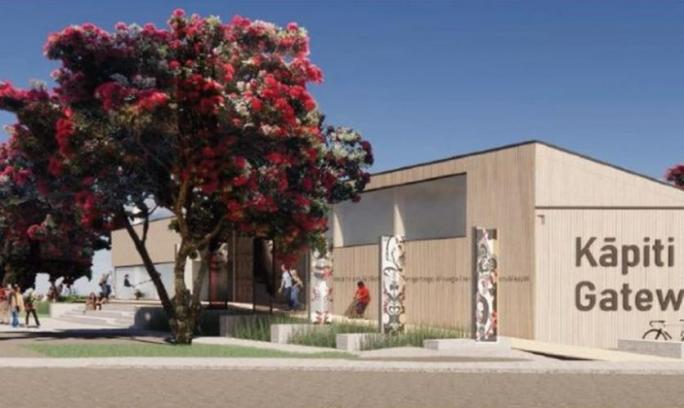
The proposed Kāpiti Island Gateway building.
The Kāpiti Council’s recent decision to apply for over $2million in funding from the Provincial Growth Fund (PGF) for the proposed Kāpiti Island Gateway remains very controversial.
In a recent meeting Council agreed in a split decision to lodge the application for funding. The balance of the $5.19million project would be met by Kāpiti Ratepayers.
The likelihood of the funding application will depend on how well the case stacks up against the PGF criteria and on face value this looks like being a difficult assignment.
The creation of new jobs is one of the criteria, along with significant community buy in to the project.
At the meeting Councillors were clearly divided with three voting against and several of the eight in favour of the application expressing serious reservations about the project itself, particularly when stacked up against other spending priorities.
What the Councillors say:
Cr Jocelyn Pravanov, the Waikanae ward councillor says priority should be given to fixing the Waikanae Library before spending on new buildings.
Similarly, both Paraparaumu ward councillors Bernie Randall and Martin Halliday spoke against the application and the project itself. Both citing other more urgent spending priorities such as the failing Kāpiti Community Centre.
“The public, businesses, and other stakeholders were not consulted properly and where are the local contractors, local designers, local builders in all this,” said Cr Halliday.
Ōtaki ward councillor James Cootes, expressed strong reservations about the project but was in support of putting the funding application in on the basis that Council was not obligated to proceed with the project if the business case was not persuasive. Cr Cootes said the projected numbers of visitors in the report to councillors was very optimistic and he had major concerns around building costs and operating costs, the later being $330,000 per year.
Cr Gwynn Compton, in voting against the application and the project said the projected visitor numbers were unrealistic. In response to Zealandia being held up as an example of visitor projections being met Cr Compton was unimpressed.
“Zealandia took 24 years and massive council subsidies to get the visitor numbers up. Other core Council spending will be sacrificed for this and we need to prioritise the must haves for instance the Waikanae Library would give a much greater return for the public,” said Cr Compton.
In other objections Cr Compton cited, “Inadequate public consultation resulting in huge division within the community. And I don’t agree with using an architect from outside the Kāpiti region to tell a uniquely Kāpiti story,” he said.
Cr Rob McCann said council was faced with a difficult decision. He said he would approve the funding application going ahead but the project itself was for him conditional.
“Clearly there is substantial division, and I have some concern the business plan is overly rosy. There must also be a new round of thorough community consultation. This is a $5millon project and if built it is here to stay so it’s vital to get it right,” said Cr McCann.
Cr Sophie Handford voted in favour of the application but said she also had reservations about the process and level of public consulation.
Councillors strongly in favour were Cr Buswell, Cr Elliott, Cr Holborow and Mayor Gurunathan.
The mayor told council “We need to gold plate the bio-security and if the taxpayer pays for it, all the better.”
Major Stakeholders:
Two major stakeholders are operators of tours to Kāpiti Island and again there is stark division.
John Barrett, Managing Director of Kāpiti Island Nature Tours spoke strongly in favour while Vicky Cooper of Kāpiti Eco Tours pointed out many of the perceived pitfalls of the project.
Mr Barrett told Council this had been on the books since 1992 and he described the current facilities as ‘third world’.
Mr Barrett says he has been trying for decades and the project has been gestating to make sure it acknowledges the area’s Māori connections. He says the Tikotu Stream site was the location of Te Urihi Pā, which was occupied by Muaupoko before the arrival of Ngāti Toa in the early 19th century.
“It was considered te tomokanga really because it was where our people landed first to exercise their mana over the Kāpiti district so it is a significant place for Ngāti Toa and Te Atiawa and Raukawa in that overall context,” Mr Barrett told Waatea News’ Dale Husband.
He says it will be a place to tell the stories of the various iwi of the lower North Island, not just Kāpiti, as well as funnel visitors to the Island and other spots in the region.
Glen and Vicky Cooper run Kāpiti Eco Tours and say the current bio-security arrangements work well.
“We are comfortable that we currently meet bio-security standards as audited by DOC and there has never been a breach by a commercial operator. Throughout consultation we were assured bio-security was not a user pays model, all this changed in the last two weeks.”
Ms Cooper told Council all that is required is a simple, cost effective, multi-purpose ‘bus shelter’ solution which would be cheap to build with little ongoing OPEX. She says DOC have specified this gold standard facility but yet they are not contributing to the cost, so why are rate payers expected to.
She submitted that Kāpiti Island Eco are not in a fiscal position to pay if it is a user pays model and the objective of bio-security can be achieved at a fraction of the cost.
Business Case challenged
Ms Cooper also challenged commercial assumptions made. “The business case is working on the assumption of a 300% increase in visitors calculated from operating 365 days a year. If this is a basis for the business case and financials then it is fundamentally flawed from the beginning and thus changes the entire scope, costings and return of the project.”
She says forecasting should be modeled from actual visitor numbers with a realistic uplift.
“We do not trade in winter because there is simply no demand and a new building will not change the fact that people do not want to go in winter and a limited number want to go in the shoulder season.
Kāpiti Eco Tours have been opposed to commercial tenancies from day one.
“Why would the council build a $5million building for two commercial operators,” asked Ms Cooper.
“Throughout our engagement we were assured this was not an i-Site in drag. Now it appears to be staffed by two full time equivalents, sounds exactly like an i-Site in drag to me. Council just closed their i-Site, now you are staffing a discovery centre with no i-Site functionality to actually provide a return to ratepayers.”
Ms Cooper said throughout this process they were led to believe that it was not user pays and would not be staffed. “Only to be told in the last two weeks after the completion of the consultation process that this was not the case.
“Had we known this from the outset we would have advocated entirely differently. We have been completely misled. In principal we are not opposed to some form of Kāpiti Gateway. What we are opposed to is a 160 sqm user pays, gold standard bio-security unit.”
Up Next where to from here Other Stakeholders, the PGF Criteria, Plan B















